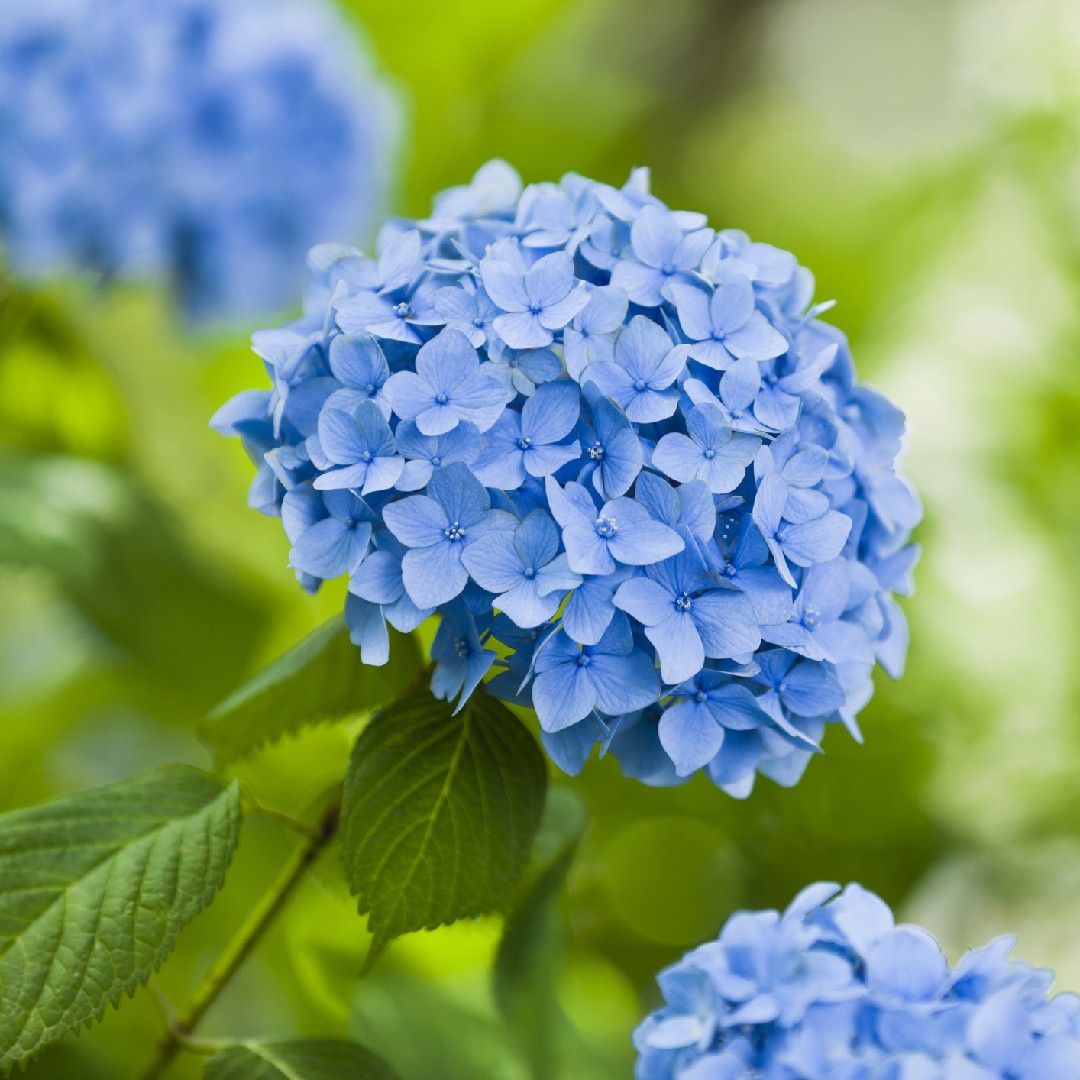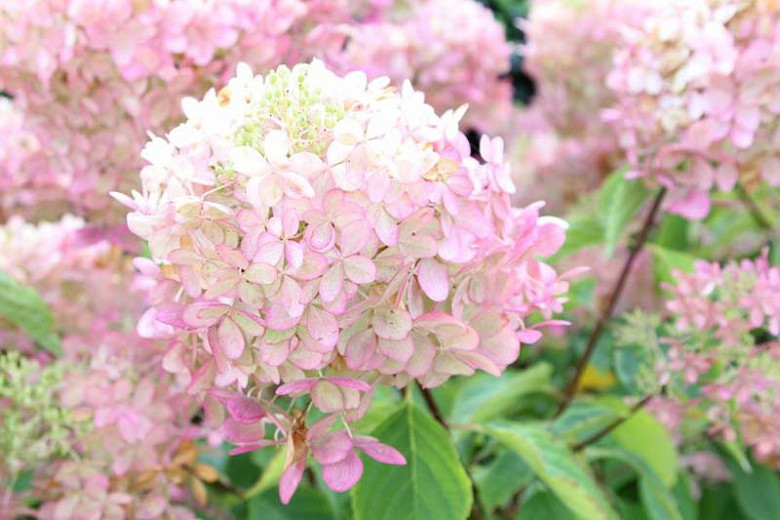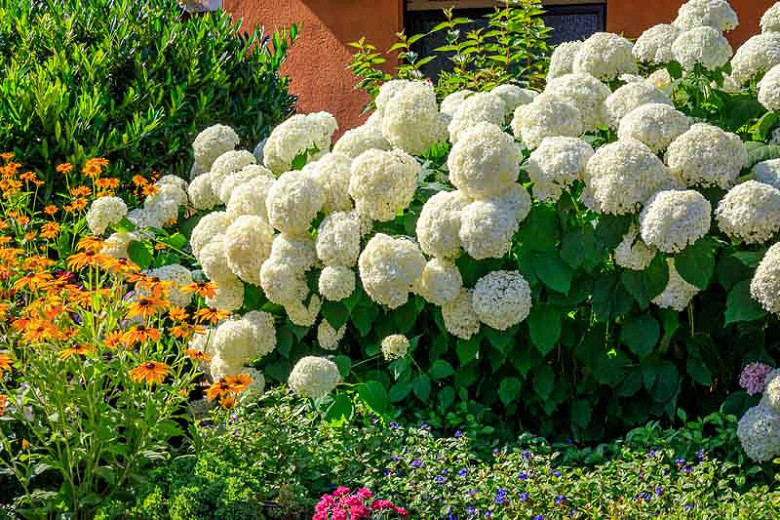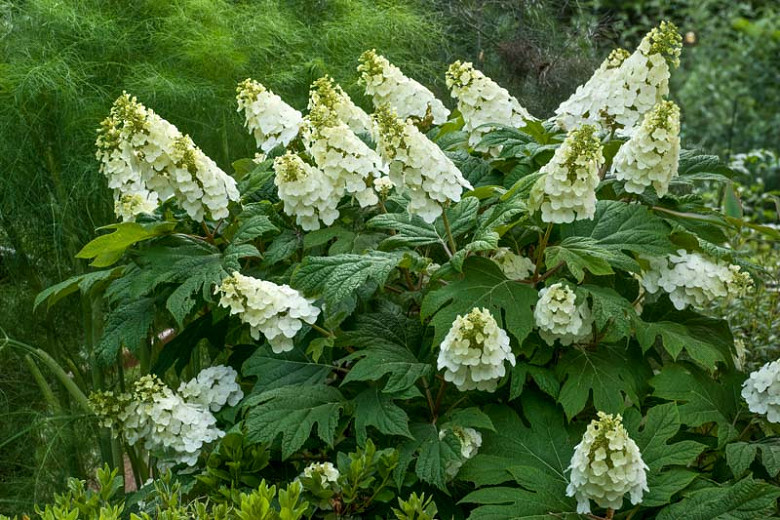Hydrangea Perennials: The Showstoppers Of Your Garden
Hydrangea Perennials: The ShowStoppers of Your Garden
Hydrangeas are some of the most popular perennials in the world, and for good reason. They are known for their large, showy flowers that come in a variety of colors. Hydrangeas can be grown in a variety of settings, from sun to shade, and they are relatively easy to care for.
In this blog post, we will discuss the different types of hydrangeas, how to choose the right one for your garden, and how to care for them. We will also provide some tips on how to get the most out of your hydrangeas.
Types of Hydrangeas
There are many different types of hydrangeas, but they are generally divided into two main categories: bigleaf hydrangeas and panicle hydrangeas.
Bigleaf hydrangeas (Hydrangea macrophylla) are the most popular type of hydrangea. They are known for their large, mop-head flowers that can be blue, pink, or white. Bigleaf hydrangeas prefer partial shade and moist, well-drained soil.
Panicle hydrangeas (Hydrangea paniculata) are another popular type of hydrangea. They are known for their tall, cone-shaped flowers that can be white, pink, or red. Panicle hydrangeas prefer full sun and well-drained soil.
Other types of hydrangeas include oakleaf hydrangeas (Hydrangea quercifolia), smooth hydrangeas (Hydrangea arborescens), and climbing hydrangeas (Hydrangea anomala petiolaris).
How to Choose the Right Hydrangea for Your Garden
When choosing a hydrangea for your garden, there are a few factors to consider:
- Sun exposure: Most hydrangeas prefer partial shade, but some can tolerate full sun.
- Soil type: Hydrangeas prefer moist, well-drained soil.
- Hardiness zone: Hydrangeas are hardy in a variety of zones, so be sure to choose one that is appropriate for your climate.
- Bloom color: Hydrangeas come in a variety of colors, so choose one that will complement the other plants in your garden.
How to Care for Hydrangeas
Hydrangeas are relatively easy to care for, but there are a few things you need to do to keep them healthy and happy:
- Water regularly: Hydrangeas need moist soil, so water them deeply and regularly.
- Fertilize in spring: Fertilize hydrangeas in spring with a balanced fertilizer.
- Deadhead spent flowers: Deadhead spent flowers to encourage new blooms.
- Protect from frost: In cold climates, protect hydrangeas from frost by covering them with burlap or a tarp.
Tips for Getting the Most Out of Your Hydrangeas
- Plant hydrangeas in a spot that gets morning sun and afternoon shade. This will help to prevent the flowers from fading.
- Water hydrangeas deeply and regularly, especially during hot, dry weather.
- Fertilize hydrangeas in spring with a balanced fertilizer.
- Deadhead spent flowers to encourage new blooms.
- Protect hydrangeas from frost in cold climates.
Conclusion
Hydrangeas are beautiful, versatile plants that can add a touch of elegance to any garden. With a little care, hydrangeas can thrive for many years, providing you with years of enjoyment.
Hydrangeas are beautiful, long-lasting perennials that can add a touch of elegance to any garden. If you're thinking about adding hydrangeas to your garden, Garden Wiki is a great resource for information on how to choose the right type of hydrangea for your climate, how to plant and care for them, and how to prevent pests and diseases.
The website includes a wealth of information on hydrangeas, including:
- A comprehensive overview of hydrangeas, including their history, different types, and care requirements
- Detailed planting and care instructions for all types of hydrangeas
- Information on how to prevent pests and diseases
- Tips for choosing the right hydrangeas for your climate
- Stunning photos of hydrangeas in bloom
Whether you're a beginner or an experienced gardener, Garden Wiki is a great resource for everything you need to know about hydrangeas.
FAQ of hydrangea perennial
1. What is a hydrangea perennial?
A hydrangea perennial is a type of flowering shrub that is typically grown in USDA hardiness zones 3-9. Hydrangeas come in a variety of colors, including blue, pink, white, and purple. They are known for their large, showy blooms, which typically appear in late spring or early summer.
2. How do I care for a hydrangea perennial?
Hydrangeas are relatively easy to care for. They prefer full sun to partial shade and moist, well-drained soil. They should be watered regularly, especially during hot, dry weather. In the fall, you can cut back the hydrangea to about 6 inches above the ground.
3. How do I get my hydrangea to bloom blue?
The color of hydrangea blooms is determined by the pH of the soil. If you want your hydrangea to bloom blue, you need to make sure the soil is acidic. You can do this by adding sulfur to the soil.
4. How do I revive a wilting hydrangea?
If your hydrangea is wilting, it is likely due to a lack of water. Water the hydrangea deeply and regularly until it starts to perk up. You can also try adding a fertilizer that is high in nitrogen.
5. How long do hydrangeas live?
Hydrangeas can live for many years with proper care. With good care, they can live for up to 50 years.
Image of hydrangea perennial
5 different images of "hydrangea perennial" from Pinterest:
- Hydrangea macrophylla is a large, deciduous shrub that produces large, showy flowers in shades of blue, pink, or white.

- Hydrangea paniculata is a tall, upright shrub that produces panicles of small, white flowers in the summer.

- Hydrangea arborescens is a small, spreading shrub that produces large, lacecap flowers in shades of white, pink, or blue.

- Hydrangea quercifolia is a deciduous shrub that produces large, oak-shaped leaves and panicles of white or pink flowers in the summer.

- Hydrangea serrata is a deciduous shrub that produces small, lacecap flowers in shades of white, pink, or blue.

Post a Comment for "Hydrangea Perennials: The Showstoppers Of Your Garden"